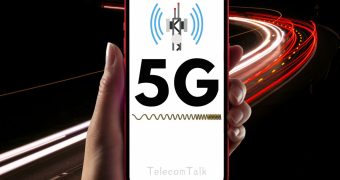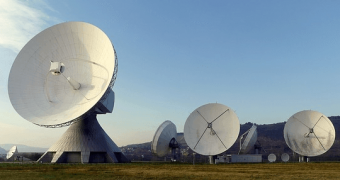Telecom Regulatory of India (TRAI) reiterated its recommendations on spectrum sharing when the Department of Telecommunications (DoT) sought clarification on this regard. The regulator had earlier said that the airwaves cannot be shared, but later changed its stand.

TRAI’s recommendations say that the airwaves acquired through trading can be shared by all operators, including 3G. “This will improve the spectral efficiency,” says TRAI. "Therefore, the Authority does not find any plausible reason to exclude spectrum in 2100MHz band from the list of the spectrum bands that can be shared," it added.
However, spectrum sharing can be allowed only for the access service providers (CMTS/UALS/UL (AS)/UL) with authorization of Access Service, TRAI said. The DoT had said that licensees having access spectrum as defined in UL will be permitted to share the spectrum in an LSA. “Apart from CMTS/UASL/UL (AS) licensees, ISPs may also be included as eligible," DoT said.
TRAI also claimed the fee of Rs. 50,000 for spectrum sharing, which each involved telecom operators are expected to pay as ‘administrative charges’. "Being part of the license, both licensees shall also be bound with the roll-out obligations and QoS norms," TRAI said.
The Spectrum Usage Charges (SUC) for all auctioned spectrum should be maintained as three percent of the adjusted gross revenue of wireless services, TRAI recommended. In case of spectrum sharing is concerned, the SUC rate of each of the licensees post-sharing shall increase by 0.5 percent of AGR.
On spectrum cap, the 50 percent of the spectrum held by other licensees in the band being shared will be counted as additional spectrum. As per the spectrum cap rule, a telecom company cannot hold more than 25 percent of the total spectrum assigned to all companies in a circle and over 50 percent of total spectrum assigned in a particular frequency band. This is to prevent dominance of one player, so as to ensure a competitive environment.















